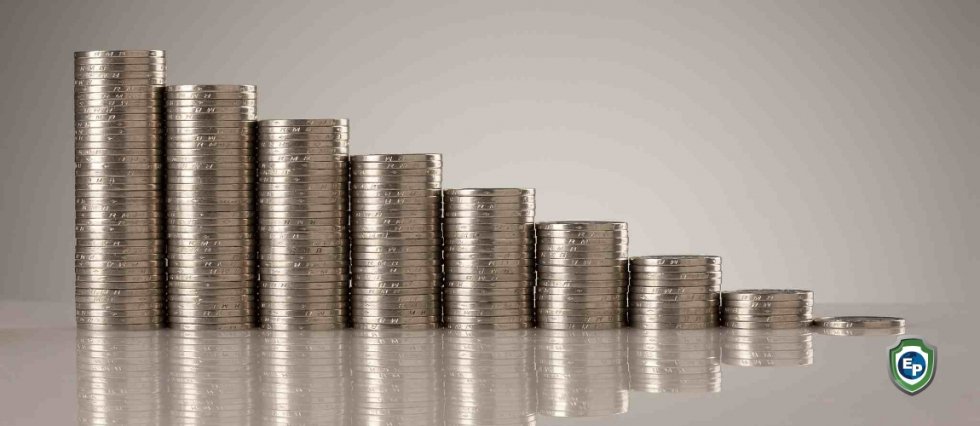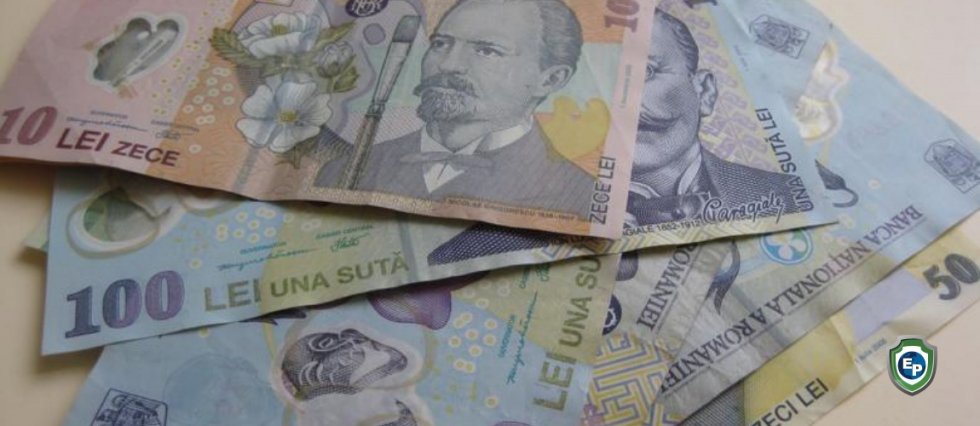Romania’s Financing Support Programs
Come take a look at our article to learn more about the various financial support programs available in Romania and their goals for the upcoming years.

Earlier this month, the South-Muntenia Regional Development Agency, which promotes the economic and social growth of local companies, industries, and the overall region by attracting investments and implementing various strategies, published the Regional Development Plan 2021-2027, the main strategic document for the development of Romania’s South-Muntenia region. It aims to continue updating the development directions formulated by the previous strategic documents at both a national level (National Development Plan 2014-2020) and regional level (Regional Development Plan 2014-2020 and Regional Smart Specialization Strategy 2015-2020). Based on a broad partnership framework, the Regional Development Plan of the South Muntenia region for the period 2021-2027 proposes a new approach regarding the development of regional policies, most notably a transition to a new generation of integrated development policies with a strong sustainability focus.
The South-Muntenia Regional Development Agency will work with the Council of the European Union, a regulation establishing the Fund for a Fair Transition to help make the green transition more equitable and inclusive. It amounts to roughly 17.5 billion euros and is composed of:
• 7.5 billion euros available for the budget commitment for the period 2021-2027;
• 10 billion euros from the Next Generation EU available in 2021, 2022, and 2023.
The member states will also contribute to the programs of the Fair Transition Fund and can transfer resources from both the European Regional Development Fund and the European Social Fund Plus. This way, investments of almost 30 billion euros will be mobilized.

Moreover, on May 31st, 2021, Romania submitted its official recovery and resilience plan to the European Commission. The plan outlines the reforms and public investment projects that Romania intends to carry out with assistance from the Recovery and Resilience Facility (RRF). The plan asks for 14.3 billion euros in grants and 15 billion euros in loans. Here are the investments in more detail:
Support for the private sector, research, and innovation (Component 9)
• Financial instruments for SMEs and large companies - 1,250 million euros
• Grants for digital transformation - 300 million euros
• Grants for listing on the stock exchange - 35 million euros
• IPCEI Microelectronics - 300 million euros
• Grants for the technologies of the future - 200 million euros
• Research, development, and innovation - 260 million euros
Tourism and culture (Component 11)
• Sustainable tourism - 172 million euros
• Operationalization of Destination Management Organizations - 10 million euros
• Film production and distribution and digital transformation in culture - 14 million euros
The top 5 sub-components according to the allocated amounts, as follows:
• Railway - 3.911 billion euros
• Highways - 3.105 billion euros
• Fund for the wave of renovation (energy efficiency) - 2.170 billion euros
• Hospital infrastructure and related facilities - 1.951 billion euros
• Financial instruments for SMEs - 1.250 billion euros






Comments 2